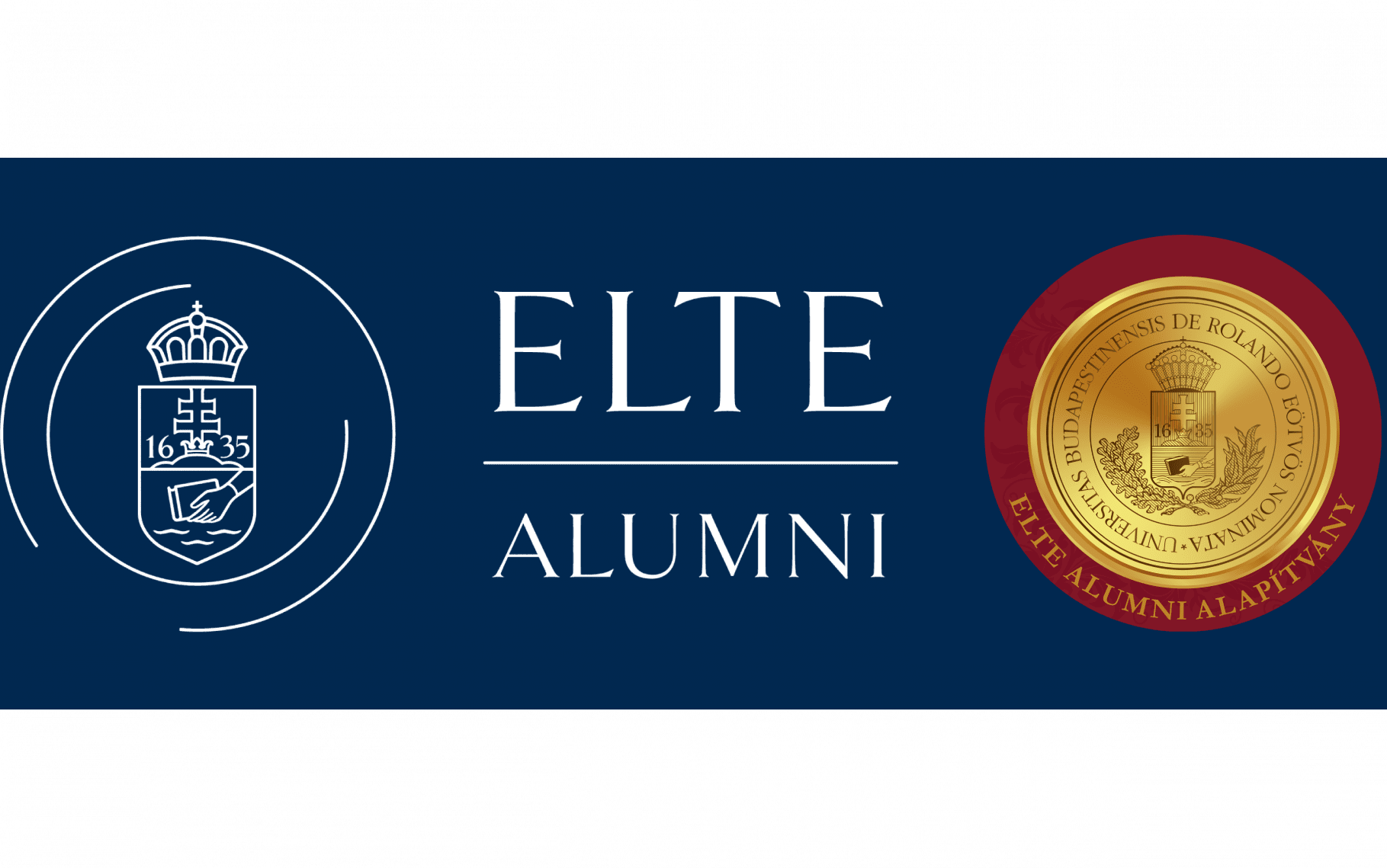 ELTE Latin Department invites to the public lecture by Mark Bradley (University of Nottingham).
ELTE Latin Department invites to the public lecture by Mark Bradley (University of Nottingham).From Renaissance humanists to playwrights and the racial theorists of Victorian Britain and Nazi Germany, modern European society has exhibited a curious fascination with the nose. Taking centre-stage in the face and the most prominent feature of the body, the nose has sometimes been interpreted as a pivotal index of character and behaviour. While many individuals had a potato, saddle or duckbill nose, or a nose that was wide, pointy, long, hook or slant, a lucky few sported a noble ‘Roman nose’ or an artistic ‘Greek nose’, widely considered to be the most desirable of nose types.
This paper will explore the origins of nasal physiognomics in classical antiquity, from Classical and Hellenistic Greece through to Imperial Rome and late antiquity, and demonstrate how a single component of the human face could point towards a significant set of Greco-Roman values and associations in the realms of philosophy, sculpture, satire, biography and politics, and become an authoritative platform for how we have approached the cultural taxonomy of the human face ever since.
Time: 8 december 2023, 16:00
Venue: ELTE Faculty of Humanities, Building A, ground floor 47.
Source: https://www.btk.elte.hu/en/content/roman-noses.t.8733

Megjegyzések0
Nincs jogosultsága a megtekintéshez, illetve megjegyzés írásához.Kérjük, jelentkezzen be.
Javasolt cikkek
